詳細(xì)說明
Purity
>97%, by SDS-PAGE under reducing conditions and visualized by silver stain
Endotoxin Level
<0.01 EU per 1 μg of the protein by the LAL method.
Activity
Measured by its ability to inhibit the FGF basic-dependent proliferation of HUVEC human umbilical vein endothelial cells. Dubrac, A. et al. (2010) Blood 116:4703. The ED 50 for this effect is 2-10 μg/mL.
Source
E. coli-derived Glu32-Ser101
Accession #
N-terminal Sequence
AnalysisGlu32
Predicted Molecular Mass
7.8 kDa
Carrier Free
What does CF mean?
CF stands for Carrier Free (CF). We typically add Bovine Serum Albumin (BSA) as a carrier protein to our recombinant proteins. Adding a carrier protein enhances protein stability, increases shelf-life, and allows the recombinant protein to be stored at a more dilute concentration. The carrier free version does not contain BSA.
What formulation is right for me?
In general, we advise purchasing the recombinant protein with BSA for use in cell or tissue culture, or as an ELISA standard. In contrast, the carrier free protein is recommended for applications, in which the presence of BSA could interfere.
795-P4/CF |
| 795-P4 |
Formulation Lyophilized from a 0.2 μm filtered solution in Acetonitrile and TFA. | Formulation Lyophilized from a 0.2 μm filtered solution in Acetonitrile and TFA with BSA as a carrier protein. | |
Reconstitution Reconstitute at 250 μg/mL in sterile PBS. | Reconstitution Reconstitute at 250 μg/mL in sterile PBS containing at least 0.1% human or bovine serum albumin. | |
Shipping The product is shipped at ambient temperature. Upon receipt, store it immediately at the temperature recommended below. | Shipping The product is shipped at ambient temperature. Upon receipt, store it immediately at the temperature recommended below. | |
Stability & Storage: Use a manual defrost freezer and avoid repeated freeze-thaw cycles.
| Stability & Storage: Use a manual defrost freezer and avoid repeated freeze-thaw cycles.
|
Background: CXCL4/PF4
CXCL4, also called PF4 (platelet factor 4), is an 8 kDa member of the CXC chemokine family, sharing features with CXCL8/IL-8 and CXCL7/NAP-2 (1-3). Mature human CXCL4 shares 65-76% amino acid sequence identity with mouse, rat, bovine, ovine and porcine CXCL4. The active protein is a tetramer of CXCL4 subunits that forms a ring of heparin-binding positive charges from sites at the C-terminal region of each monomer (3). Megakaryocytes synthesize CXCL4 and store it in platelet alpha -granules (2, 3). Secretion from activated platelets can produce micromolar levels in serum and over 100-fold higher within clots (2, 3). In contrast to other CXC chemokines, CXCL4 does not contain an ELR motif and lacks binding to nearly all chemokine receptors (2, 3). A potential high-affinity G-protein-coupled receptor for CXCL4, the CXCR3 isoform CXCR3B, is expressed in human but not mouse (2, 3). In most cases, it is likely that cell surface binding and signaling properties of CXCL4 are due to binding of glycosaminoglycans chains, particularly chondroitin sulfates (2). CXCL4 released from activated platelets binds and regulates thrombin/thrombomodulin complexes, regulates and enhances production of activated Protein C (APC), and limits the coagulation cascade (2-6). It binds and influences the enzymatic activity of coagulation factor Xa (7). It binds fibrin and affects clot structure (8). Therapeutic doses of the anticoagulant heparin neutralize CXCL4 procoagulant effects (9). The complex between heparin and CXCL4 can be immunogenic, and circulating CXCL4-heparin antibodies cause the pathological syndrome HITT (heparin-induced thrombocytopenia and thrombosis, also called HIT) (2). In addition, immunogenic complexes of CXCL4 with apolipoprotein H can contribute to antiphospholipid syndrome (APS) (10). CXCL4 can be antiproliferative and antiangiogenic, at least in part via interfering with FGF-2 and VEGF heparin binding and thus inhibiting their signaling (3, 11-13). However, it can also be proinflammatory and pro-atherogenic through multiple effects on monocytes, macrophages and endothelial cells (2, 3).
References:
Poncz, M. et al. (1987) Blood 69:219.
Kowalska, M.A. et al. (2010) Thromb. Res. 125:292.
Slungaard, A. (2005) Int. J. Biochem. Cell Biol. 37:1162.
Slungaard, A. et al. (2003) Blood 102:146.
Kowalska, M.A. et al. (2007) Blood 110:1903.
Preston, R.J.S. et al. (2009) J. Biol. Chem. 284:5869.
Fiore, M.M. and I.J. Mackie (2009) Biochem. Biophys. Res. Commun. 379:1072.
Amelot, A.A. et al. (2007) J. Biol. Chem. 282:710.
Eslin, D.E. et al. (2004) Blood 104:3173.
Sikara, M.P. et al. (2010) Blood 115:713.
Perollet, C. et al. (1998) Blood 91:3289.
Gengrinovitch, S. et al. (1995) Journal of Biological Chemistry 270:15059.
Sulpice, E. et al. (2004) Eur. J. Biochem. 271:3310.
Entrez Gene IDs:
5196 (Human); 56744 (Mouse); 360918 (Rat)
Alternate Names:
chemokine (C-X-C motif) ligand 4; C-X-C motif chemokine 4; CXCL4; CXCL4iroplact; Iroplact; MGC138298; Oncostatin-A; PF4; PF-4; platelet factor 4; SCYB4oncostatin-A
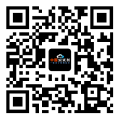
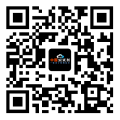
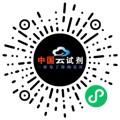




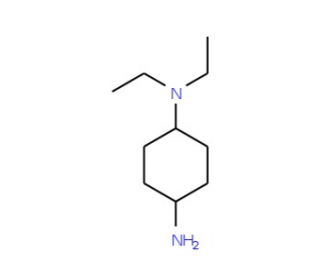
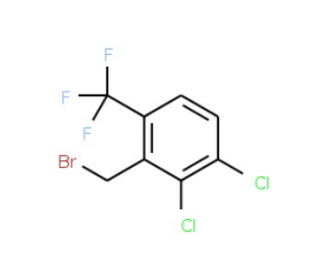
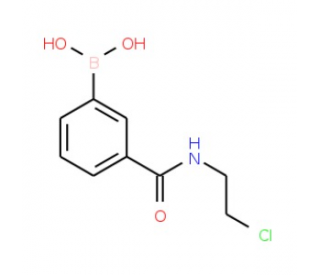
 粵公網(wǎng)安備44196802000105號
粵公網(wǎng)安備44196802000105號